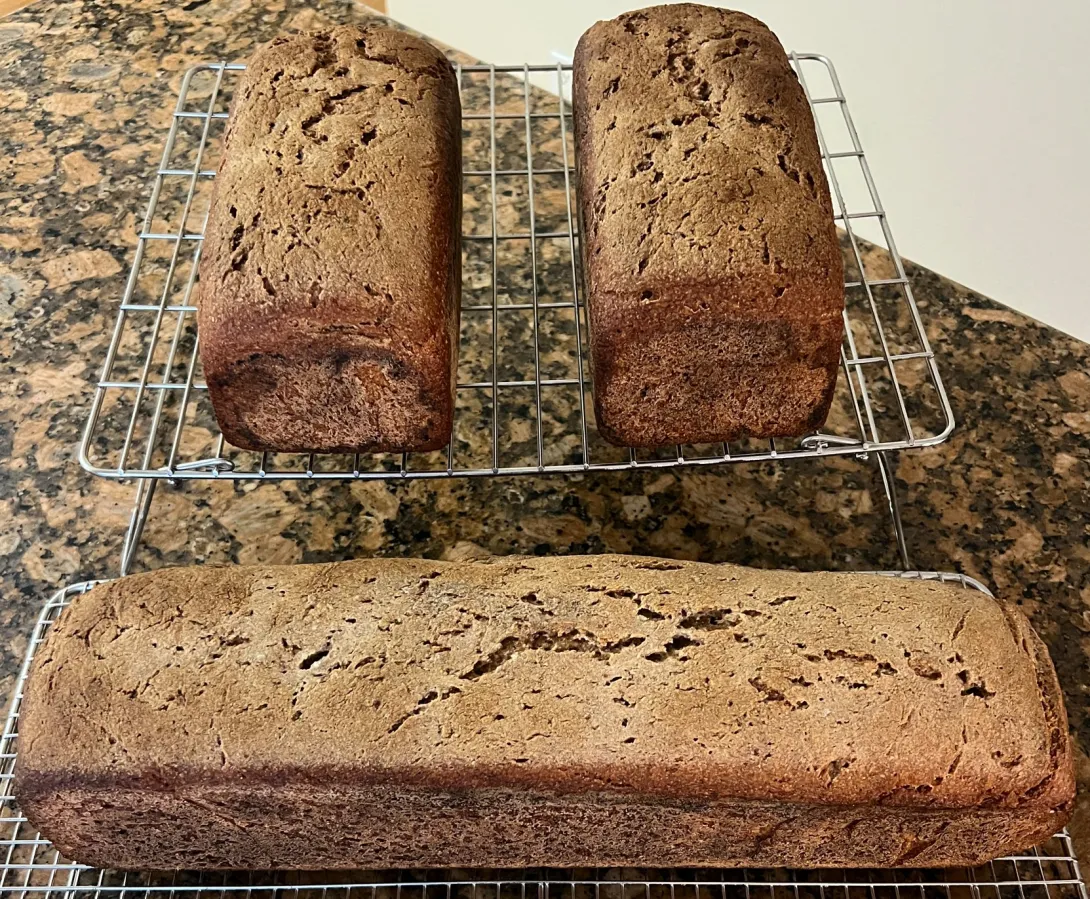Fresh Milled Stardust Wheat with 6 Grain Blend, Rye Scald

I made a similar version of this last month that came out pretty well, so I wanted to try another version of it.
Last time I didn’t make enough dough to fill both of the new, smaller size square bannetons, so I increased the total dough weight by about 25% which ended up working pretty well.
I love the way the scald helps promote a soft, fluffy crumb. I used some fresh milled Danko Rye and King Arthur Baking 6 Grain Blend, which contains barley flakes, rolled oats, rye chops, malted wheat flakes, millet, and quinoa flakes for the scald.
- Log in or register to post comments
- 13 comments
- View post
- Isand66's Blog







